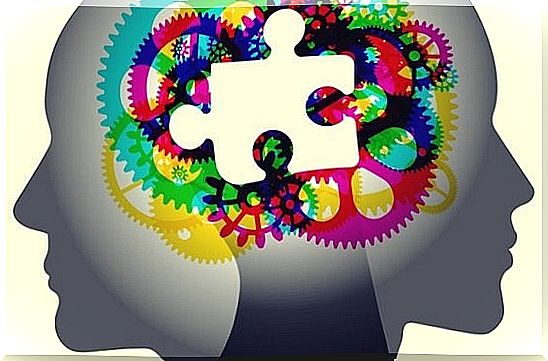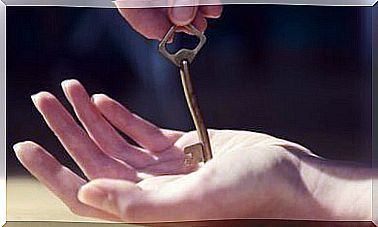We Compare And Contrast 5 Personality Tests

Personality tests are one of the most widely used tools in psychological practice. It is certainly difficult to measure personality. There are also forms of dynamics that make each individual unique. However, personality tests are more useful than we think. But first we need to know what kinds of tests exist and what methodology they use.
Chances are, we’ve all taken one or more personality tests at one time or another. That could have been as part of an interview for a job, for clinical purposes, or just for fun. However, we must remember that some personality tests have more value than others. So if we want reliable information, we have to be picky.
In psychological practice we usually find two very specific types of tests. The first group are the classic psychometric tests. They are based on a cognitive-behavioral perspective. They also assume that people will answer the questions honestly.
The second type are projective tests. These are tests where the person projects things from their unconscious. These are the things that go unnoticed in creative or introspective tests. These tests are especially useful in clinical and forensic practice, as well as in children. Then we will look at which personality tests are most commonly used to determine, understand and describe personalities.
1. The Model of the Big Five
This is not really part of the personality tests. But the model of the “Big Five” is one of the best-known tests. It has laid the foundation for a large number of tests intended to understand and measure human behavior. The model is split into five main areas (known in English by the abbreviation “OCEAN”):
- Open to experience
- Meticulousness
- extroversion
- pleasantness
- neuroticism
The test is achieving significant success in a variety of contexts: from clinical practice to job interviews and for educators. In addition, many practitioners in these fields regard the Big Five model as a successful framework.
2. The 16pf Questionnaire
The 16pf questionnaire is one of the most respected tests. It is the result of the work and analysis that Raymond B. Cattell, a British psychologist, has carried out over decades. He is known for the significant sums he has made in the field of personality and intelligence. It was also he who, for example, conceived the existence of fluid and crystallized intelligence.
The 16pf personality test has been constantly updated and updated. But the essence remains the same: 16 factors and five secondary factors:
- A (Heat)
- B (Reasoning Power)
- C (Emotional Stability)
- E (Dominance)
- F (Vividness)
- G (Rule Awareness)
- H (Social Confidence)
- I (Sensitivity)
- L (Vigilance)
- M (Abstractness)
- N (Closedness)
- O (Concern)
- Q1 (Openness to change)
- Q2 (Self-confidence)
- Q3 (Perfectionist)
- Q4 (Tension)
3. The Myers-Briggs Test
The Myers-Briggs Type Indicator is a personality test known for being based on the work of Carl Jung. The test itself was developed by Katharine Cook Briggs and her daughter Isabel Briggs Myers. This test is also very popular. However, it is not often used in clinical practice.
It lacks usability for use in the clinical and forensic field. He is especially popular with regard to personal growth. It is sometimes also used in schools and in the workplace. This is the information the Myers-Briggs indicator can provide:
- How we focus our attention and get energy (extroverted or introverted).
- The way we perceive and process information (sensation or intuition).
- How we make decisions (think or feel).
- How we focus on the outside world (through more logical-rational judgments or through more emotional perceptions).
4. The Minnesota Multiphasic Personality Inventory (MMPI)
The MMPI is one of the most popular personality tests for clinical, forensic and personal purposes. It provides a reasonably tuned profile of each person’s personality. But it is also suitable for diagnosing different kinds of mental disorders. The MMPI thus measures individuals based on a wide variety of scales. Examples of these scales are depression, cynicism, schizophrenia, anxiety, antisocial behaviors, mania and paranoia, and so on.
5. The Rorschach Test
We may have all heard of the Rorschach test. Movies often lead to believe that every psychologist uses it every time a patient enters their office. Well, that’s not really the case. When Hermann Rorschach published the test in 1921, it immediately spread throughout the psychoanalytic community. But today it is still a projective test, just like the tree test or the Thematic Apperception Test (TAT).
These projective tests require expert evaluation. Because that professional expert has to evaluate everything. For example, how long it takes the patient to respond to the content he gives to each sample, and more.
The test is thus presented as a way to “get an impression of” the shape and imprint of our personality. That means that if we only perform this test, the result will never be decisive. Ideally, this test should be performed in conjunction with other instruments. This gives us more perspectives and a more accurate description.









